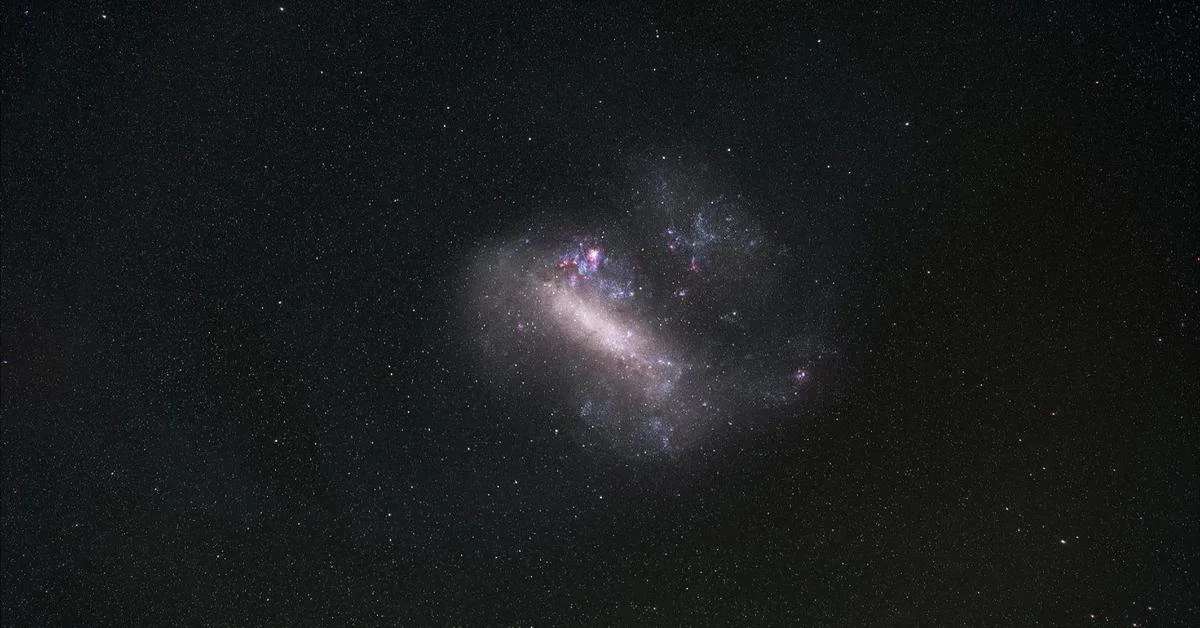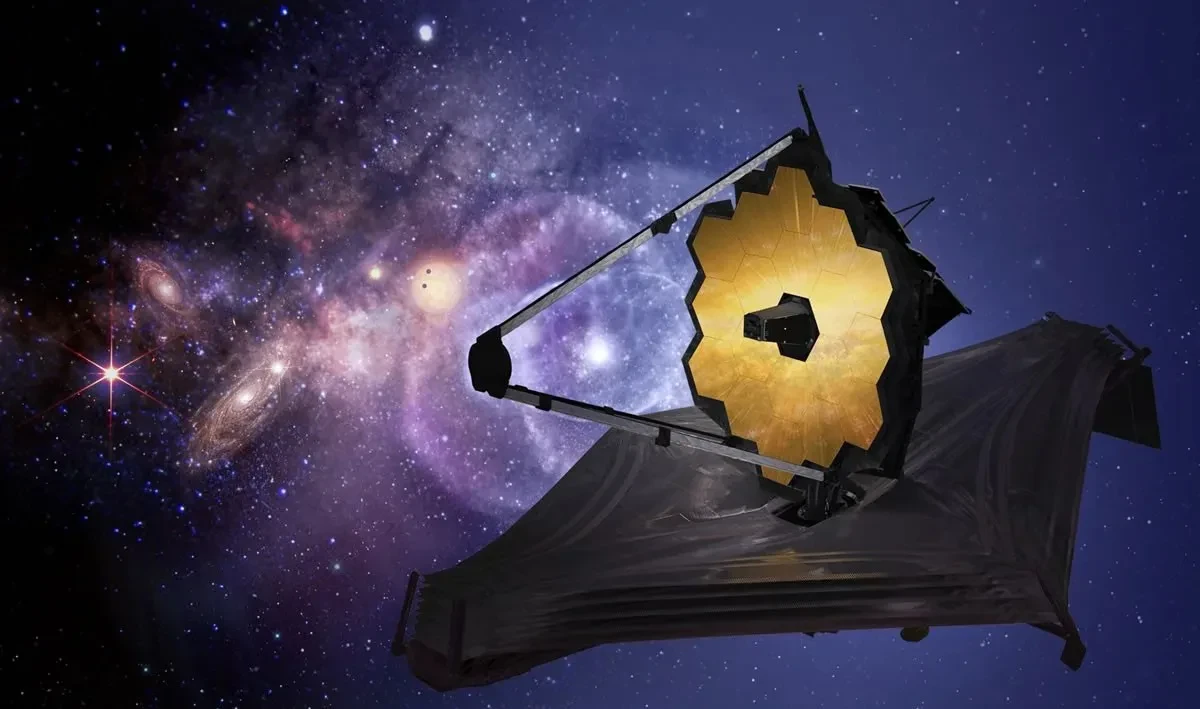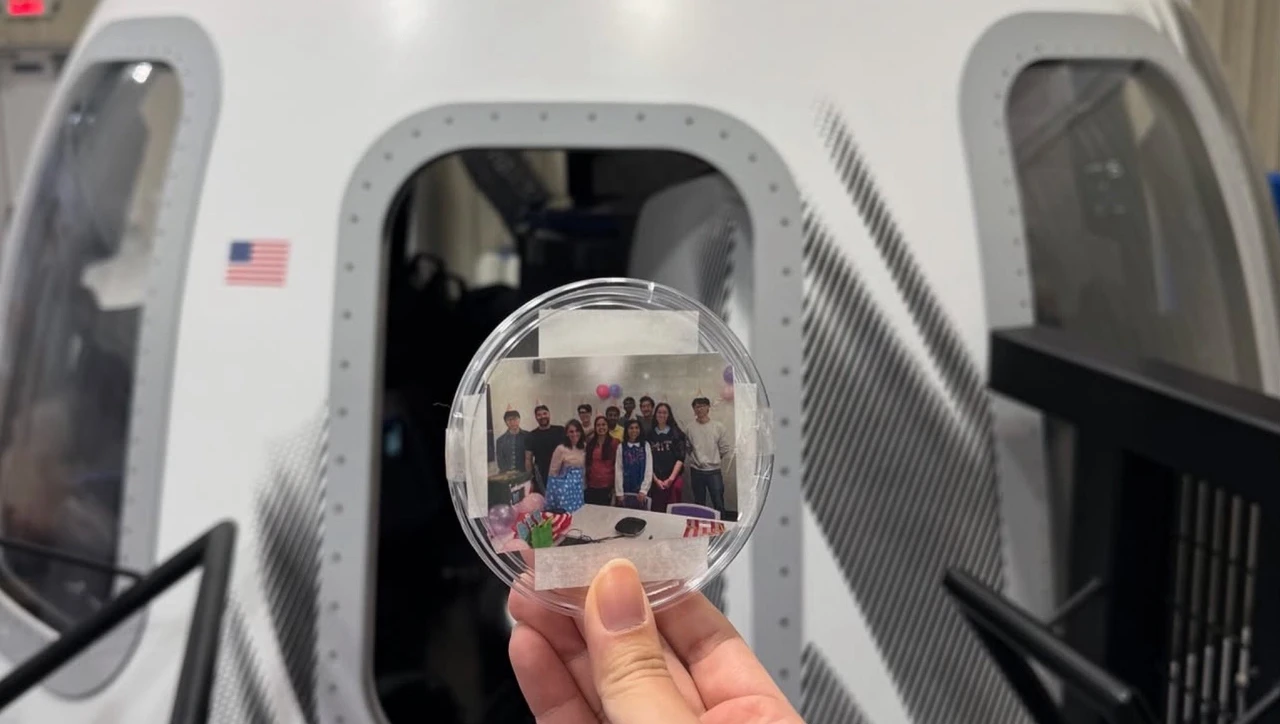13 billion-year-old star discovered in Large Magellanic Cloud

The analysis of LMC-119 helps scientists understand how the universe’s first stars seeded essential elements for life, reshaping theories of cosmic evolution
Scientists have made a significant breakthrough by identifying one of the universe’s oldest stars in the Large Magellanic Cloud (LMC), a satellite galaxy of the Milky Way.
This ancient star, known as LMC-119, provides invaluable insights into the chemical makeup of the early universe and the conditions that prevailed shortly after the Big Bang.
The team used data from the European Space Agency’s Gaia space telescope and additional observations from the 6.5-meter Magellan telescope in Chile to discover LMC-119 and other stars that contain about 100 times less iron than typical stars in the LMC.
This finding points to their ancient origins. Anirudh Chiti, the study’s lead author and an astrophysicist at the University of Chicago, explained the significance of this discovery. “I’d say LMC-119 is very likely at least about 13 billion years old,” Chiti said in an interview with Live Science, emphasizing its age is close to that of the universe, which is estimated to be 13.8 billion years old.
This research uncovers the tale of the universe’s first stars, which were massive bodies made predominantly of hydrogen and helium. These stars burned brightly and expired quickly, ending their lives in explosive supernovas that seeded the cosmos with new, heavier elements. These elements are crucial, as they form the building blocks for later generations of stars and eventually life itself.
“The outer layers of these ancient stars preserve the chemical composition of their natal gas cloud,” Chiti explained, offering a direct link back to the universe’s earliest days. He further stated, “This isolates the early LMC from ejecta from the first stars that formed in the early Milky Way.”
The difference in the chemical abundance between the Milky Way and the LMC stars like LMC-119 suggests that the conditions in the early universe were not uniform across different regions. LMC-119, for instance, shows significantly lower carbon levels than its Milky Way counterparts, indicating diverse processes of elemental build-up in different galaxies.
“It’s really exciting to be opening up stellar archaeology of the Large Magellanic Cloud, and to be able to map out in such detail how the first stars chemically enriched the universe in different regions,” said Chiti, expressing his enthusiasm for the potential discoveries lying ahead in this field.
Chiti is now leading a new survey using the Blanco 4m telescope in Chile, aiming to photograph a quarter of the southern sky. The project’s goal is to identify more of these ancient fossil stars, both in the Milky Way and in neighboring galaxies like the LMC. This endeavor aims to improve the understanding of how stars have historically enriched the cosmos with elements, influencing the development of galaxies, planetary systems, and life forms throughout the universe.
Source: Newsroom



